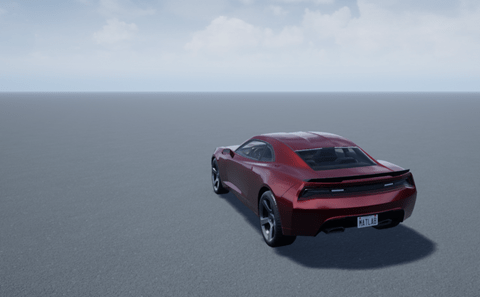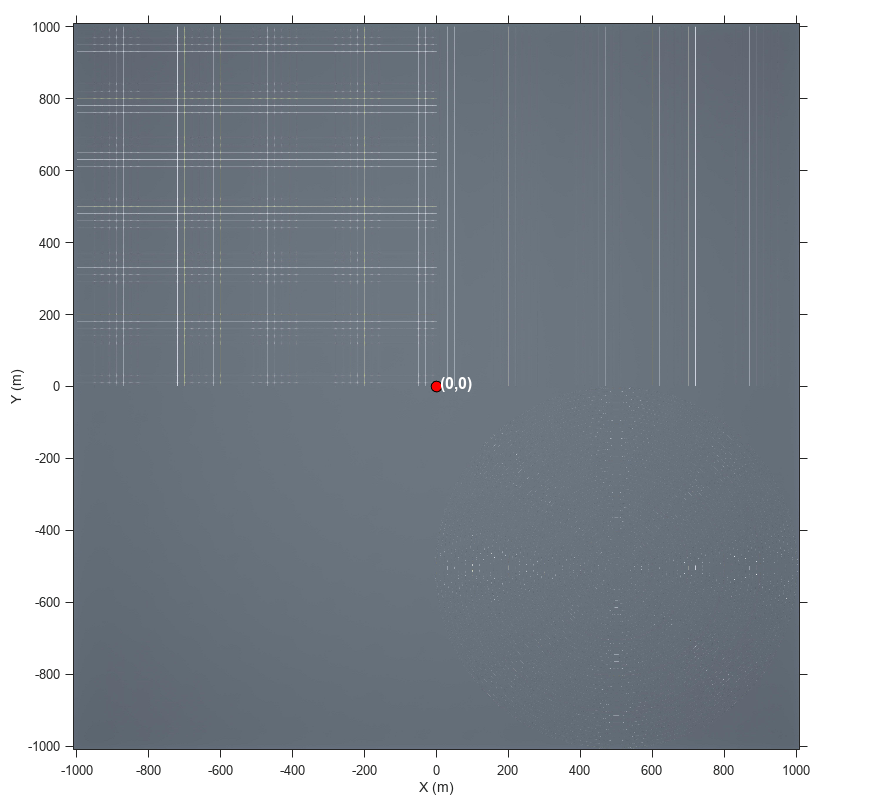Open Surface
Open surface 3D environment
Description
The Open Surface scene contains a 3D environment of an open, black road surface. The scene is created using RoadRunner.
Setup
To simulate a driving algorithm in this scene:
Add a Simulation 3D Scene Configuration block to your Simulink® model.
In this block, set the Scene source parameter to
Default Scenes.View the currently available scenes in the Scene name parameter. If the scene is not available, you must install it.
To install the scene:
Click Install.
In the installer dialog box, select the scene.
Click Next.
MATLAB® restarts after the scene is installed.
Set the enabled Scene name parameter to
Open surface.
Examples
Tips
If you have the Automated Driving Toolbox™ Interface for Unreal Engine® Projects support package, then you can modify this scene. In the Unreal Engine project file that comes with the support package, this scene is named
BlackLake.For more details on customizing scenes, see Customize Unreal Engine Scenes for Automated Driving.
Version History
Introduced in R2019bSee Also
Straight Road | Curved Road | Large Parking Lot | Parking Lot | Double Lane Change | US City Block | US Highway | Virtual Mcity

